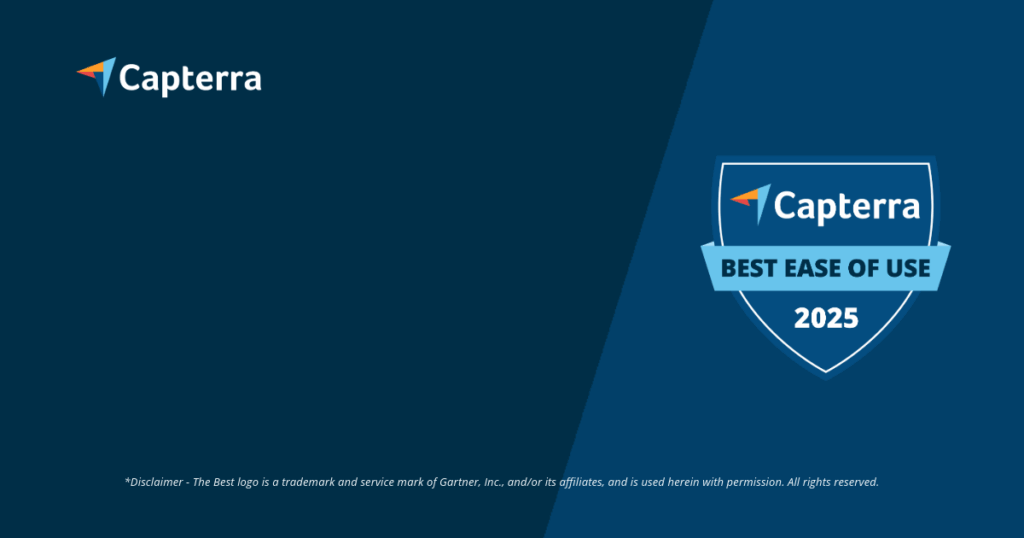Analysis: Why the introduction of new software often fails
Many projects for the introduction of new software start with a large budget but end in frustration. One of the main reasons is the lack of employee acceptance; according to a study, 70% of companies do not take sufficient change management measures. The workforce is faced with completed facts, leading to resistance. Another mistake is the insufficient definition of objectives. Without clear, measurable goals (KPIs), the success of the software implementation cannot be evaluated. Especially in the construction industry, 82% of companies underestimate the effort required to fully exploit the potential of digitization. Complex software that is not tailored to the simple processes on the construction site increases the error rate and decreases productivity. These initial hurdles often mean that the expensive software is barely used, and the hoped-for process optimization does not materialize.
Phase 1: Needs analysis and clear objective setting
Every successful software implementation begins with a precise analysis of the current state. Before considering providers, you must understand your own processes and identify weaknesses. Ask yourself: Where do we lose time every day? Which processes are prone to errors? A PwC study shows that 85% of construction companies feel increasing cost pressure, which makes a efficient process optimization essential. Based on this analysis, define concrete and measurable goals. Instead of ‘improving communication,’ set a goal like ‘reducing the time spent on creating daily construction reports by 25%.’ Here is a list to guide you in setting objectives:
- Reduction of administrative effort by 5 hours per week per construction manager.
- Decrease in rework costs due to communication errors by 15%.
- Ensuring 100% complete and legally secure photo documentation.
- Shortening the information transfer from the construction site to the office from 24 hours to 1 minute.
- Increasing employee satisfaction through simpler, multilingual tools.
A clear definition of objectives is the foundation for selecting the right software and later measuring success. Only when you know exactly what problem you want to solve can you find the suitable solution.
Phase 2: Selecting the right software for the construction site
Choosing the software is a critical success factor. In the construction industry, where 60% of companies assess their level of digitization as ‘expandable,’ user-friendliness is key. A solution that requires weeks of training will fail on the construction site. The key lies in simplicity. Look for a simple project management software, which integrates seamlessly into existing workflows. Valoon addresses this by being based on WhatsApp – a tool that is already used privately by over 95% of construction workers. The greatest leverage is acceptance: A simple software used by 80% is more valuable than a high-end solution used by 20%. When selecting, pay attention to the following criteria:
- No training effort: The software should be so intuitive that no onboarding is necessary for the team on the construction site.
- Multilingualism: Integrated translation functions overcome language barriers, a common issue in international teams.
- Offline capability: The solution must work reliably on the construction site even without a stable internet connection.
- GDPR compliance: Ensure that the software meets all German and European data protection standards.
- Scalability: The software should be able to grow with your company without exploding costs.
A well-thought-out selection not only prevents frustration but lays the foundation for a successful digitization of the construction industry in your company.
Phase 3: Plan and implement the introduction strategically
A structured introduction is the key to success. Instead of a ‘big bang’ rollout where software is introduced for everyone on a specific date, a phased approach has proven effective. This minimizes risks and allows for adjustments. Start with a pilot project on a selected construction site. The feedback from this first team is invaluable for addressing teething problems before the software is implemented company-wide. Create a clear software implementation project plan with defined milestones and responsibilities. Appoint a project manager who will oversee the process and serve as the central contact for all questions. A common mistake is underestimating data migration; plan at least 20% of the project time for this. The technical implementation is only a small part of the process; the organizational embedding determines the long-term benefits.
Phase 4: Win over employees and overcome resistance
The biggest challenge in introducing new software is the human element. Up to 70% of employees are initially skeptical about changes. To overcome this hurdle, open and honest communication is essential. Communicate not just *what* is changing, but especially *why*. Show the concrete benefits for each individual: less paperwork, no double handling, legally secure documentation with just one click. Involve key individuals and opinion leaders – so-called ‘promoters’ – from the beginning. They can work as multipliers in the team and advocate for the new solution. A study shows that employee acceptance increases by up to 70% when a structured change management process is applied. A paperless construction site only functions when the team recognizes the benefits and actively embraces the new digital tools. Valoon supports this by not requiring a new app and keeping communication in the familiar WhatsApp environment.
Phase 5: Ensure training and support
Even the most intuitive software requires an adjustment phase. Allocate resources for training office staff who will fully utilize the software’s functionality. The approach for the team on the construction site should be different. Here, the rule is: as little training as possible. Valoon has been specially designed so that workers on the construction site can start right away without any onboarding. They continue to use WhatsApp as they normally would. The support effort is reduced by over 90% when no new app needs to be installed and learned. However, set up a clear point of contact for questions, such as a ‘key user’ in the office who acts as an expert for the new software. This approach ensures that the introduction runs smoothly and productivity increases from day one rather than dropping due to complex training measures. This makes the digitization of the construction site a gain for all involved.
Phase 6 & 7: Measuring success and continuous optimization
Introducing new software is not a one-time project but an ongoing process. To evaluate success, refer back to the KPIs defined in Phase 1. Measure after three to six months whether you have achieved your goals. Has the time spent on daily construction reports truly decreased by 25%? Has the number of inquiries between construction site and office dropped? The return on investment (ROI) of construction software can range from 300% to 500% with proper implementation. Continuously gather feedback from users. Are there features missing? Are there processes that can be further optimized? A successful effective construction management with software lives on continuous improvement. Utilize the data collected to further optimize the software and your internal processes and to fully realize the benefits of your investment.
Conclusion: Achieving success with the right strategy
Introducing new software in a construction company is a strategic decision that goes far beyond just technology. Success depends on clear goal setting, the selection of a user-friendly solution, and most importantly, the involvement of your employees. By breaking the process into manageable phases and putting people at the center, you minimize resistance and ensure acceptance. A simple software tailored to the needs of the construction site, like Valoon, which requires no training efforts, is a significant advantage. It ensures a smooth transition and guarantees that digitization leads to genuine time savings, legal certainty, and efficiency . Are you ready to take your construction documentation and communication to the next level? Book your free demo now and discover how Valoon simplifies your processes.
More Links
Fraunhofer IESE offers a blog post on digitization in the construction industry, based on a study.
Der Central Association of the German Construction Industry (ZDB) provides a position paper on digitization.
PwC publishes a press release regarding a study on the construction industry in 2023, highlighting the state of digitization.
Der Main Association of the German Construction Industry offers a thematic page on digitization.
Statista presents a statistic on the implementation rate of digitization in the construction industry in the DACH region.
BIM Germany is the central platform for the digitization of construction with Building Information Modeling (BIM).
Der VDI (Association of German Engineers) offers an article on how construction IT creates future opportunities.
KPMG has published a study on generative AI in the German economy 2025 with a focus on the construction industry.
FAQ
What is meant by software implementation?
Software implementation refers to the entire process of introducing new software in a company. This includes planning, selecting the appropriate solution, technical setup, data migration, training employees, and organizational embedding of new processes into everyday work.
Why is employee acceptance so important?
Employee acceptance is crucial because software only provides value when it is actually and correctly used. Low acceptance leads to ignored processes, faulty data, and ultimately means that the investment in the software does not yield a return on investment (ROI).
How do I measure the success of a software implementation?
Success is measured against predefined key performance indicators (KPIs). Examples include reducing time spent on administrative tasks, lowering error costs, the speed of communication, or increasing legally secure documentation. Regular surveys on employee satisfaction are also an important indicator.
What role does the IT department play in the implementation?
The IT department is an important partner, especially for technical checks (e.g., data security, GDPR compliance, interfaces). However, project management should lie with the professional department or management, as it primarily concerns optimizing work processes and not just technology.
What is the difference between an on-premise and a SaaS solution?
An on-premise solution is installed and maintained on the company’s own servers. A SaaS solution (Software-as-a-Service) is operated in the cloud by the provider and rented as a subscription. For the construction industry, SaaS solutions like Valoon are usually more flexible, cost-effective to start, and easier to implement, as no own IT infrastructure is required.
How do I deal with resistance in the team?
Take resistance seriously and seek a conversation. Often, specific concerns lie behind it (e.g., fear of additional work, uncertainty in dealing with technology). By clearly communicating the benefits, providing training (where necessary), and choosing simple, intuitive software, you can alleviate most concerns.








